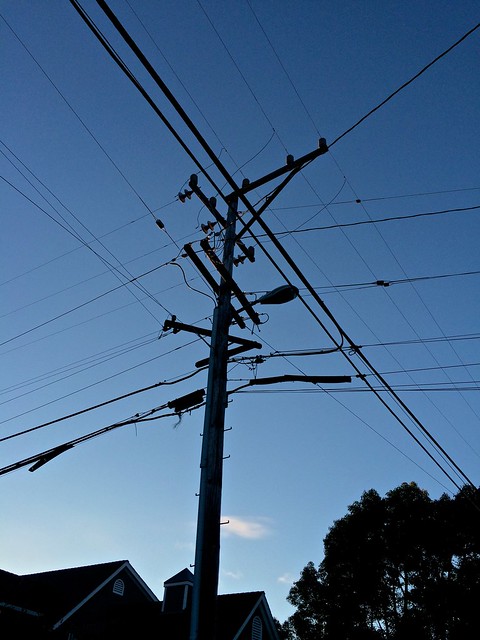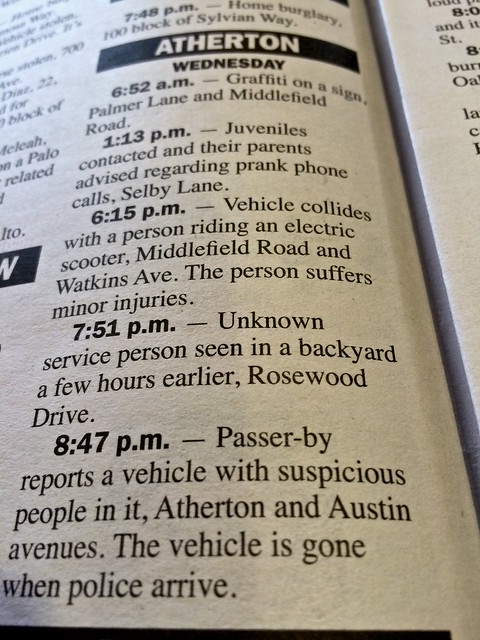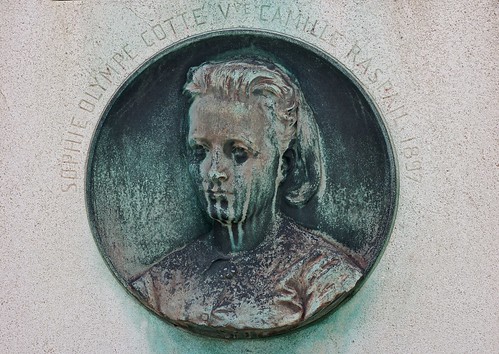An early morning walk in Menlo Park CA, where we’re visiting for a couple of days, produced two apparently unrelated images that provoke a single meditation on collections and patterns:


If you collect a lot of anything [pictures of electrical supply, snippets from newspapers, gravestones, whatever] and then work with the collections in an analytical sort of way, seeking the patterns within the collections, eventually stories/narratives begin to emerge. That seems blindingly obvious, and I’ve been through the procedure many many times, but I realize I haven’t always known the formula/method. So I’m trying to reconstruct when I began to employ it—when I began to be a collector, a pattern-finder, an analyst. I can’t recall that anybody ever suggested the procedure to me, though it
should have been an element of my education. I don’t know when I first formalized the collect-analyze-narrate process for myself. Surely my
Flickr albums are just this sort of gatheration, and I ought to do more along those lines.
As for today’s examples: the power pole belongs in the collection that includes Electricity in Ajijic and

and

…and as for the Atherton police blotter, it reflects the irreality of life on the edges of Silicon Valley, where “service persons” are essential elements of domestic life, and the outside world is full of “suspicious people.” Such things are everywhere one looks.






